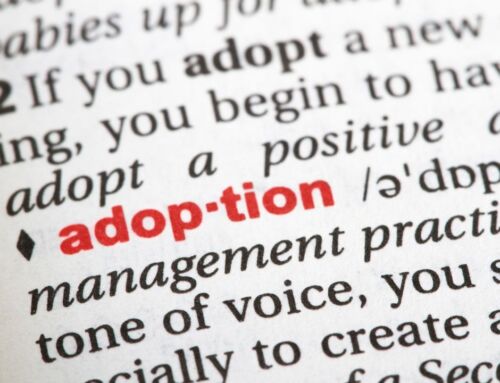What Makes Open Adoption Work?
June 24, 2013

In the world of adoption, there are numerous opinions about what levels of openness is best for all parties. At Adoption Advocates, we stand by open adoption practices, because research and our years of experience show that it offers the healthiest possible relationships for our birth parents, adoptive parents, and their children. However, each adoption is unique and there are a multitude of emotions, struggles, and successes that come with the journey–one that lasts a lifetime. Open adoption pioneer Janie Cravens penned six characteristics that strongly affect how an open adoption plays out. She does not sugar-coat her words of wisdom and we are honored to have her share her knowledge with us today!
From “What Makes Open Adoption Work”
Mutuality
First, accept that not all open adoptions are headed for the long haul. Still, a mutual interest in having a long relationship is a good thing and will require all parties to keep dealing with their fears and other unsavory emotions, challenging those which are irrational or petty. Do you have a personality match with the other party? A heart connection? What is your personal tolerance level for relating with others? What is everyone’s style for friendship? Think about how you already make room for relating to folks in your clan that are not always your cup of tea. You can apply some of those same strategies if need be.
Boundary setting is especially hard when the need to please is high, but it will help a great deal in the long run.
Vulnerability with Boundaries
Identify the power struggle points early in the process. If this is pre-birth or pre-placement, then the elephant in the room is whether or not the placement will actually occur. For adopting parents this means finding the way to be open and vulnerable rather than walling off to avoid what may a future loss. Bio family members have their own elephant-sized fears, most notably that the adopting family will not honor their openness commitments. Boundary setting is especially hard when the need to please is high, but it will help a great deal in the long run. Take some time to mull over decisions, recognize when you are getting defensive, and most importantly, seek counsel from adoption professionals who know what your children will need and feel over the decades.
Empathy
This one is simple, because all you need is to keep listening to stories from the other sides of the triad. When you listen to the suffering of birth family members; when bio relatives understand the sorrows of adopting parents; and when everyone listens to adult adoptees talk about what was missing in their lives — all those stories will give you the courage to keep going on this path. You may well have to strengthen yourself in whatever ways work for you because witnessing someone else’s pain requires self-love. One more thing — be willing to reveal your true feelings and fears to the other sides of the triad if you want to receive empathy (and if you remotely want to build something real with those other folks).
Honesty
It bears repeating: If you want an authentic relationship, you have to reveal yourself and tell the truth about your own fears and hopes.
Communication Skills
Learn some basics! How To Talk So Kids Will Listen, How To Listen So Kids Will Talk techniques can be applied to everyone (not just the kids). You will need to communicate clearly and well to have a good open adoption, and you will need to be able to talk with the children about some complex feelings. Communicating is a skill most of us did not learn well from our parents, so be willing to learn.
Flexibility
What you think you want in terms of open adoption, will change over time. Period. And what the other side wants will change over time. And the child will develop and change, which greatly influences, well, everything. In the early years of an open adoption, the grief journey the relinquishing family travels affects the amount of contact they want (in different ways for different people). Everyone’s life events may cause changes to open adoptions. Many open adoptions involve years with no contact, then rapprochement. Be flexible, be willing to review, and be willing to renew.

The rewards of an open adoption far outweigh the costs, but it’s not free. You will have to push yourselves out of the comfort zone at times, to stretch and learn some new tricks. These six little paragraphs are woefully inadequate to speak to the seismic emotions that will come, but I hope they can guide and motivate you to keep growing along with the children for whom it was all crafted.








